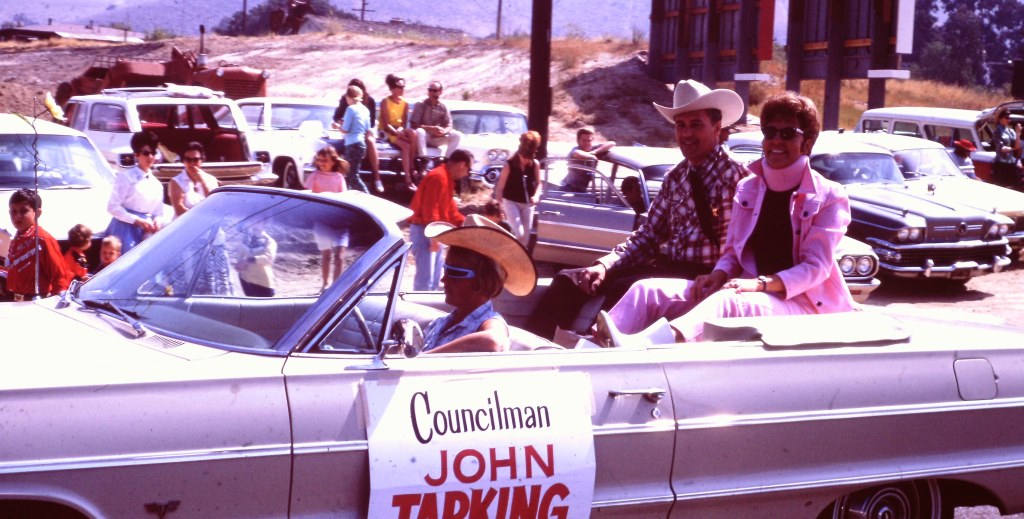Scene From The Oaks Mall at Christmastime in December 1982
/Here’s a scene from The Oaks shopping mall, courtesy of the Thousand Oaks Library’s Conejo Through the Lens collection, from December 1982.
The view is from the upper level of the east end of the mall. Looking west on the right you can see House of Fabrics and Hot Dog on a Stick and below, Wallpapers to Go.
And below is a more current view of The Oaks, albeit from a different vantage point in the mall.
The Macerich Company, which owns 47 million square feet of real estate consisting primarily of interests in 44 regional town centers. announced in its 3rd quarter financial report last month "We are under contract to sell The Oaks for $157 million, and expect to close** during the fourth quarter of 2024, subject to customary closing conditions." Real estate news site "The Real Deal" indicates the buyer is Stockdale Capital Partners. So perhaps we'll see some changes in the future. Macerich has owned the mall since 2002. The mall originally opened in 1978.























